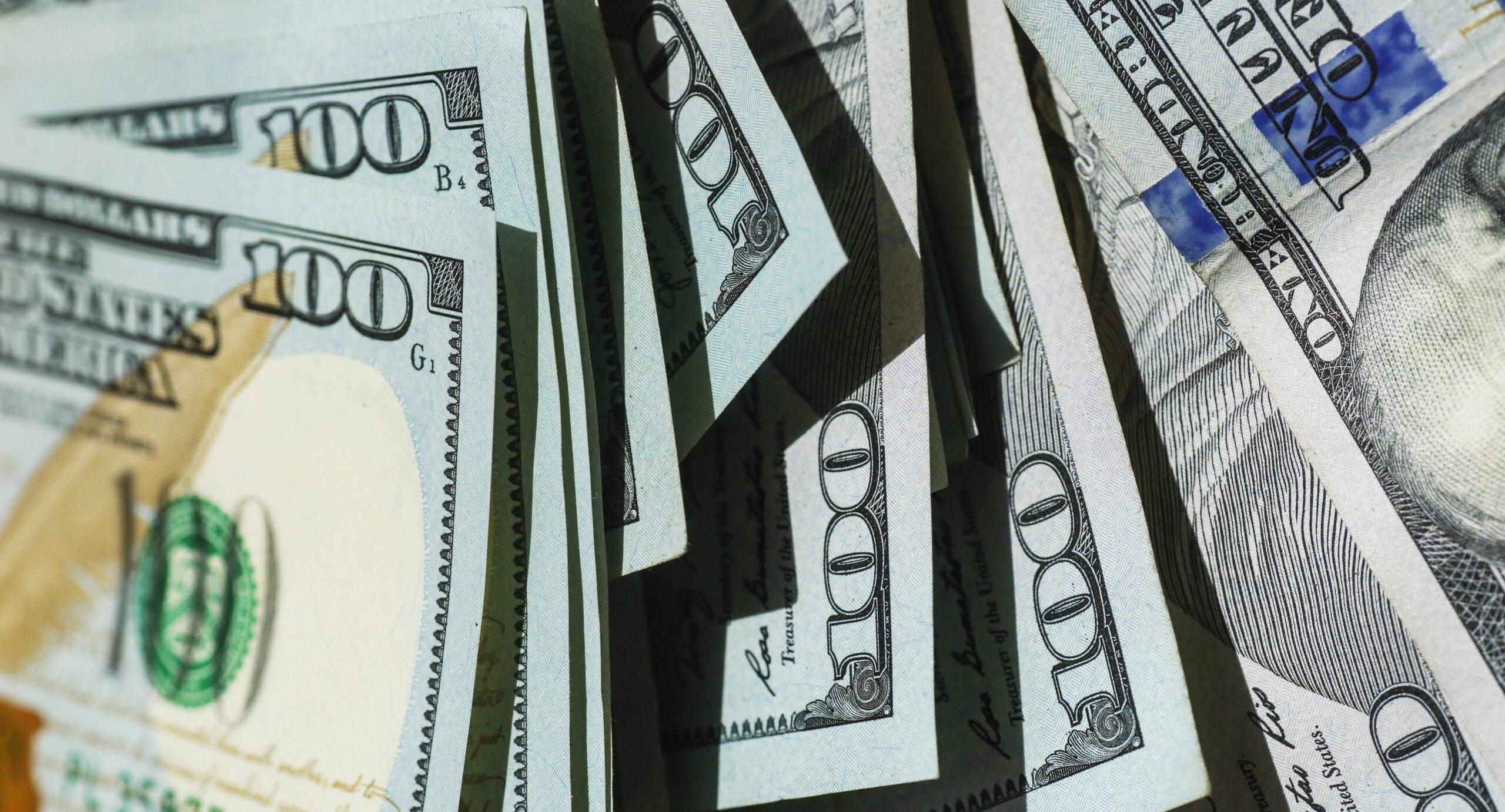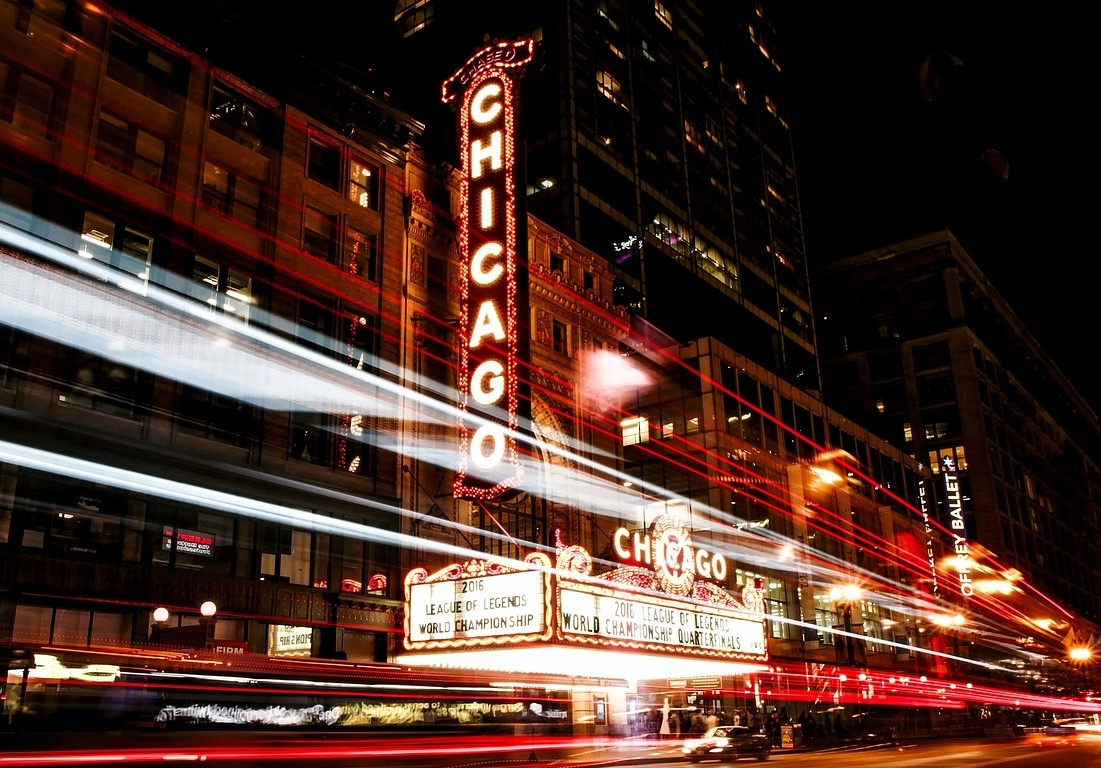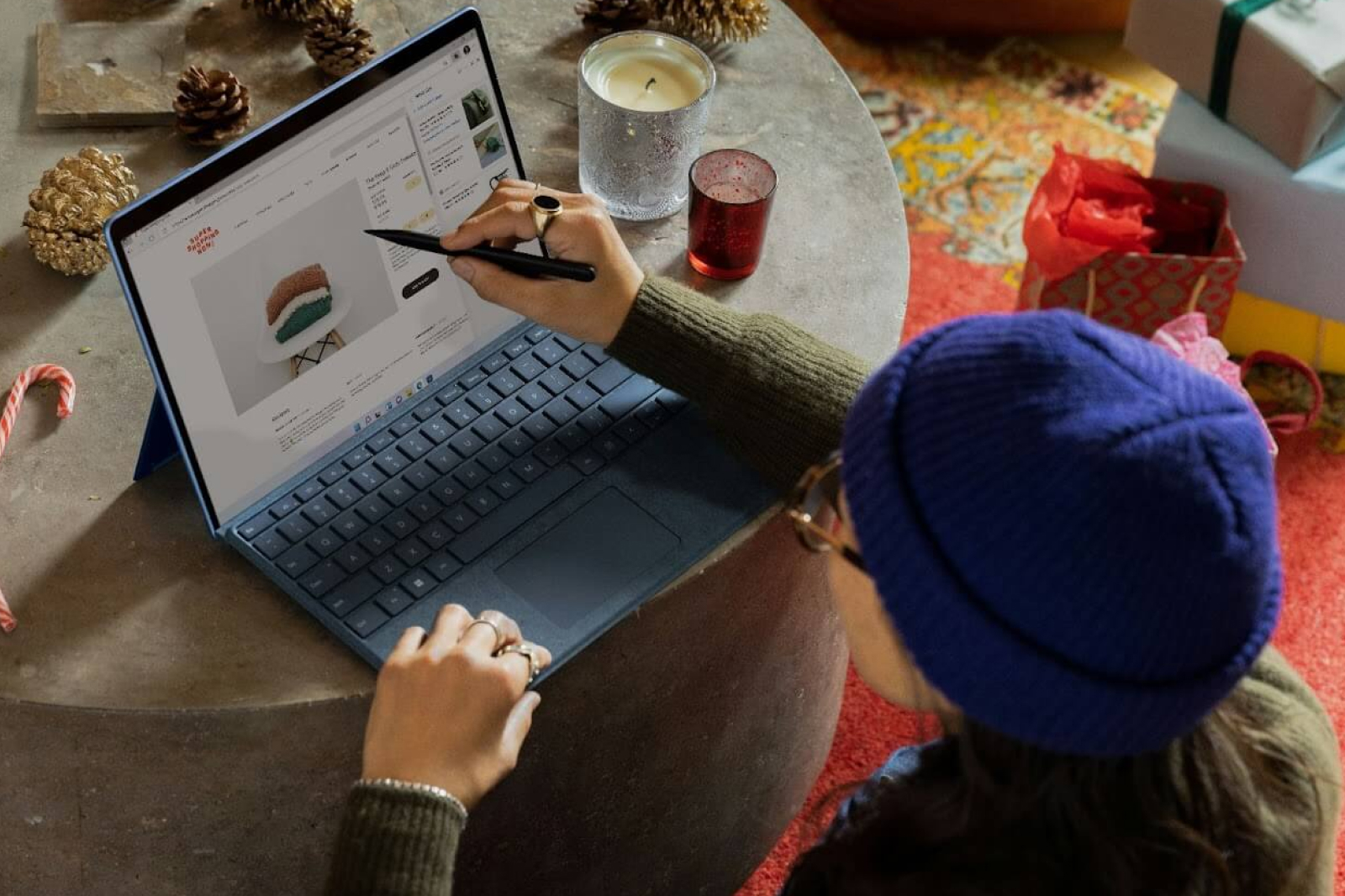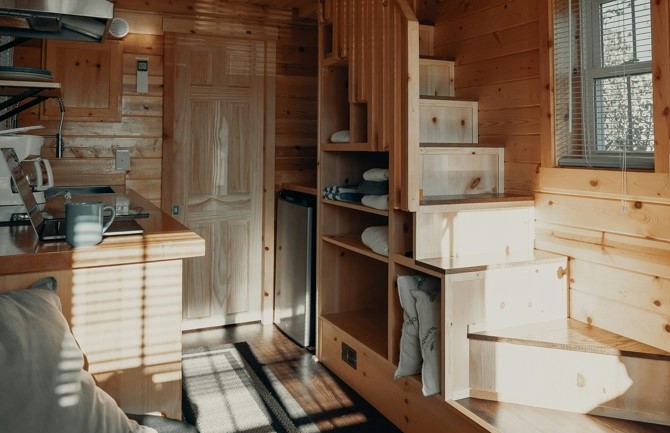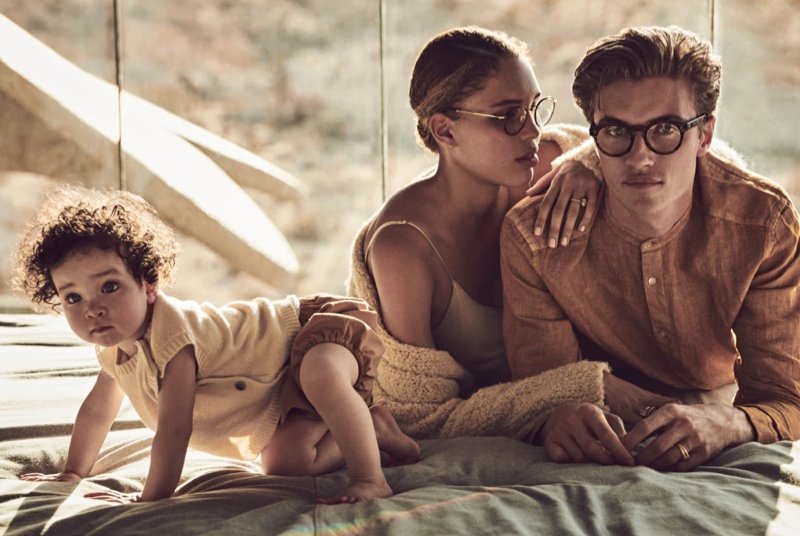How to Use Gamification to Get More Work Done

Mar 27 | 2017
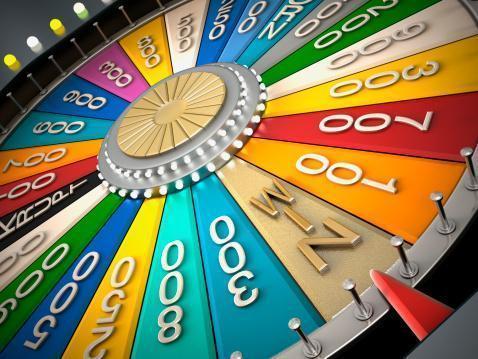
Gamification is all the rage because it works. Turn just about anything into a game with decent rewards, and you’ll be able to convince anyone to do just about anything. And this is all because we really, really, really like playing games.
Gamification, to put it simply, is the use of an app or some other external service to reward you for completing tasks. Some of these rewards are tangible, but others are just there for bragging rights. There are tons of apps out there to gasify your daily task list, your gym visits and even your involvement with political campaigns. All of these apps exist because gamification actually works.
On a psychological level, humans respond much better to positive reinforcement than negative deterrents. We would rather be rewarded when we do something right than punished when we do something wrong. This is because when we are rewarded for something, our brains produce dopamine. This chemical is what appears when we experience pleasure of any kind, including praise for a job well done. Gamification works because you are even more motivated to complete a task when you know there is a reward at the end waiting for you.
One example of real-world gamification is the productivity app Forest. This app keeps you from using your phone while working by planting a virtual tree. It grows while you’re working and if you use your phone for any reason during that time, the tree dies. But if you complete the set amount of time without using your phone, you’re rewarded with a fully grown tree and a few coins you can use to unlock different plants.
Another more surprising use of gamification is in politics. During the 2016 election, Hillary Clinton’s campaign had its own app that rewarded users for sharing messages from the campaign on social media and with your friends. Similarly to Forest, users received coins for completing tasks and could spend those coins on in-game items. The app’s creators said the design was intended to encourage supporters to help out the campaign by making involvement seem less intimidating.
And an unintended consequence of the success and popularity of Pokémon Go is the gamification of exercise.
However, it is important to keep in mind that gamification won’t solve all of your productivity problems. Rewards like these work best when you already have some motivation to complete the task. If you have none to begin with, working for a cute digital badge or coin is probably not going to change your mind. Could you imagine any conservatives or Trump supporters opening the Clinton campaign app daily? But if you are already set on completing the task, having a small reward at the end might be enough to push you forward.
So how do you get started with gamification? If you’re having difficulty staying off your phone at work, try out Forest. For more general productivity, you can use Habitica or Beeminder. Have a big project or goal you want to complete? SuperBetter is your gamification pal. And a great way to motivate the family to complete household chores is Chore Wars.

